Neck pain, or cervicalgia, is a common complaint. It can have many causes: osteoarthritis of the neck, stiff neck, cervical sprain, trauma, etc. Faced with the pain and stiffness that often results, there are solutions to relieve the symptoms and regain freedom of movement.
What is cervicalgia (neck pain)?
Among the most common musculoskeletal disorders is neck pain, which often results in stiffness that limits neck movement. This neck pain, at the back of the neck, is common among the French. While no official figures correspond to the number of cases, according to the French Chiropractic Association, it affects 30 to 50% of adults. According to the same source, 67% of the population suffers from a neck pain episode during their lifetime.
Neck pain is usually spontaneous and mechanical: neck pain occurs without any obvious cause and has the characteristics of mechanical joint damage.
Generally, we distinguish 3 types of neck pain :
- Common neck pain is unrelated to cervical disease or trauma. Contributing factors include stress, anxiety, exercise, and poor posture.
- Traumatic neck pain: whiplash following an accident, for example, and most often causes acute neck pain;
- Symptomatic neck pain is linked to an inflammatory disease such as ankylosing spondylitis.
Torticollis
Neck pain is sharp and sudden in onset. Most often, a stiff neck is caused by contracture of the sternocleidomastoid muscle, whether traumatic or inflammatory.
In common acute torticollis, the onset of contracture and pain is sudden, preventing most neck movements. The condition generally lasts only a few days.
Cervical sprain
A cervical sprain is an immediate reaction following an event where the cervical vertebrae have been subjected to excessive stress, such as whiplash in a car accident, for example.
Symptoms
Signs of neck pain
In cervicalgia, the symptoms are limited to pain, which is posterior and can radiate towards:
- The neck, back of the head, and forehead;
- Shoulders and arms (cervicobrachial neuralgia);
- Upper back;
- Towards the arm, we then speak of cervicobrachial neuralgia.
Other symptoms: Does neck pain make you tired?
Clinical examination shows neck stiffness, with other associated symptoms such as:
- pain in the back of the neck;
- a stiff neck;
- a decrease in the range of motion of the neck;
- headaches;
- of the eye strain;
- irradiation or tingling in the arm or hand.
There are also often associated phenomena of the sympathetic vascular system due to hindrance to arterial circulation in the neck, such as:
- Of the dizziness
- Changes in head position;
- Ringing in the ears;
- Minor vision problems.
Examinations: MRI, X-ray…
An X-ray is requested to show, in the case of cervical osteoarthritis, disc pinching between the cervical vertebrae.
After an X-ray, which is often the first-line examination, an MRI may also be prescribed in cases of persistent neck pain lasting 4 to 6 weeks.
If neck pain occurs following cervical trauma, CT scanning is the first-line imaging technique. MRI can complement CT scanning.
If the sedimentation rate is normal and therefore there is no inflammatory syndrome, the usual treatment for osteoarthritis involves physiotherapy sessions, which are always very effective.
During a consultation for a stiff neck, the doctor may suggest an X-ray to determine whether or not there is a discrepancy in the curvature of the cervical spine without a disc-vertebral lesion. The sedimentation rate is normal.
Origin of pain
Pain of inflammatory origin
Neck pain may be of inflammatory origin if:
- The pain is severe even during sleep.
- The pain occurs gradually;
- There is no improvement even with treatment.
- The subject is suffering from fever.
The spine is stiff. Biologically, the sedimentation rate is accelerated.
When the stiffness is limited to one vertebral level, the doctor suggests infectious or rheumatic spondylodiscitis (damage to the intervertebral disc) or a vertebral tumor4.
When stiffness affects the entire spine, it may be ankylosing spondylitis, multiple cancer metastases, or Kahlert’s disease.
Accompanied pain
Painful radiating pain in the arm is considered cervicobrachial pain (cervicobrachial neuralgia).
Painful radiation to the neck with dizziness, headaches, and vision disturbances (pseudo-scotomas, nystagmus ) leads to a search for vertebrobasilar arterial insufficiency.
Barré-Liéou syndrome (posterior cervical sympathetic syndrome) combines signs of osteoarthritis, including dizziness, changes in head position, ringing in the ears, and a feeling of floating. It is a disorder of blood circulation in the vertebral artery. It is not at all certain that there is a causal link between osteoarthritis of the neck and these ischemic disorders. Atherosclerosis of the neck vessels is more often the cause.
Post-traumatic pain
Whiplash injuries are becoming increasingly common. Muscle contractions are inconsistent, and neck movement is often limited.
Special images of the atlanto-axial joint (between the atlas and the axis) are essential. The search for neurological signs is fundamental.
Pain is sometimes included in the subjective syndrome of head trauma victims.
Dizziness and neck pathology
Cervical osteoarthritis can cause circulatory problems due to compression of the vertebral arteries near an osteophyte, leading to dizziness. The most common cause is basilar artery atherosclerosis. Atherosclerotic narrowing causes reduced blood flow and Barré-Liéou syndrome.
Very often, the dizziness attributed to cervical osteoarthritis is the expression of benign paroxysmal positional vertigo, which mainly affects women in their fifties and is always triggered by the same sudden positioning of the head. This vertigo disappears within a few weeks.
A depressive syndrome can also frequently cause dizziness.
Finally, in cases of neurovegetative dystonia or neurotonia, depressive syndromes cause progressive muscle pain with variable timing. The clinical examination is normal.
Treatment: How to treat and care for cervical neuralgia?
In case of acute pain, resting the neck with a removable cervical collar is combined with non-steroidal anti-inflammatory drugs.
In cases of chronic pain, intermittent wearing of a cervical collar (neck brace), an American pillow, and suspended cervical traction are very useful.
Isometric rehabilitation of the cervical spine and cryotherapy are also recommended as a spa treatment.
For the treatment of torticollis, in addition, it consists of:
- Taking painkillers;
- anti-inflammatories;
- muscle relaxants
The doctor may also suggest physiotherapy sessions for the patient. Physiotherapists provide advice and specific exercises for neck pain. These may include active, passive, or contract-relax mobilization techniques.
Exercises and tips: how to calm and relieve neck pain?
Treatment is based on simple home remedies.
To relieve muscle tension and stiffness in the neck and shoulders, you can apply a hot water bottle wrapped in a cloth to the neck and shoulders for 15 minutes, 3 times a day. Hot showers also soothe tense muscles.
Massages are also a great way to relax your muscles, which can help you get relief faster. You can self-massage for ten minutes, two to three times a day, using an anti-inflammatory oil or ointment.
Finally, in everyday life, posture is essential. It’s essential to stand up straight and straighten your shoulders, whether you’re standing or sitting. And when facing a computer, there are specific rules for adjusting your screen and sitting up straight during work hours, too, with your head aligned with your spine.









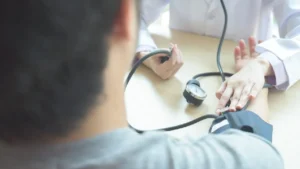
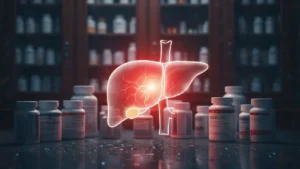





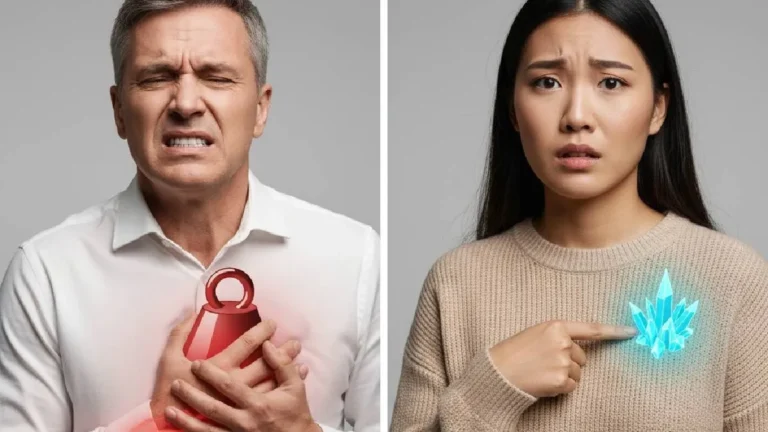
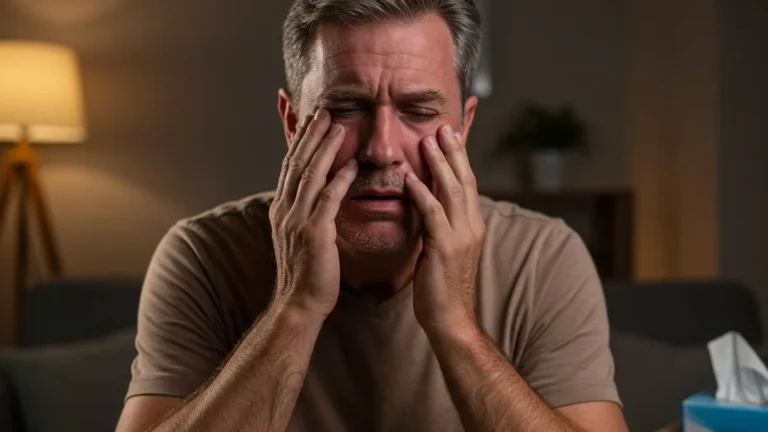
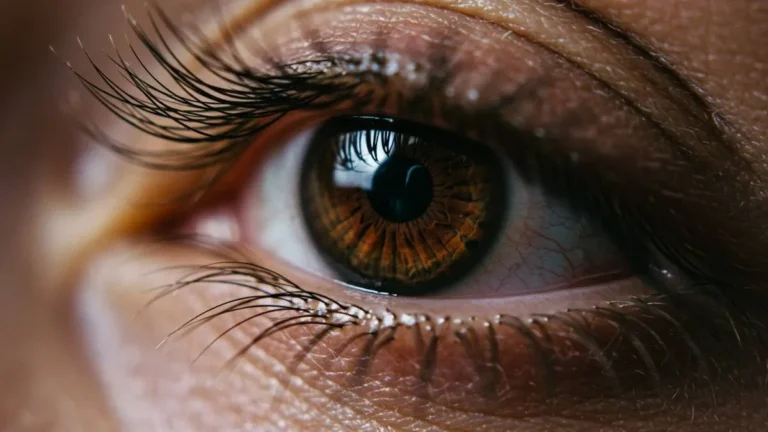
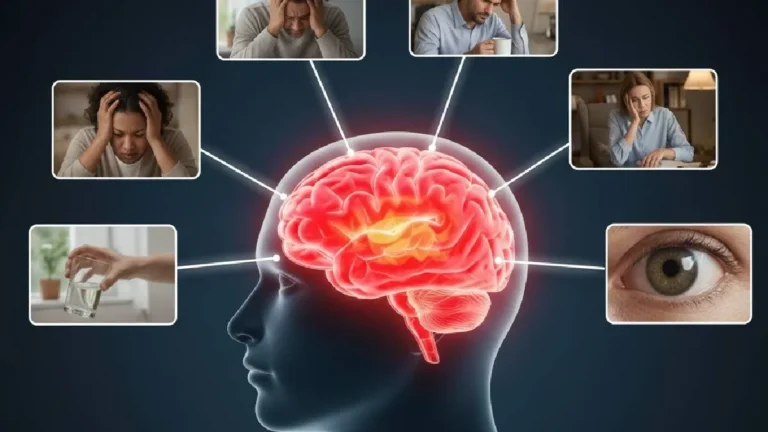


+ There are no comments
Add yours